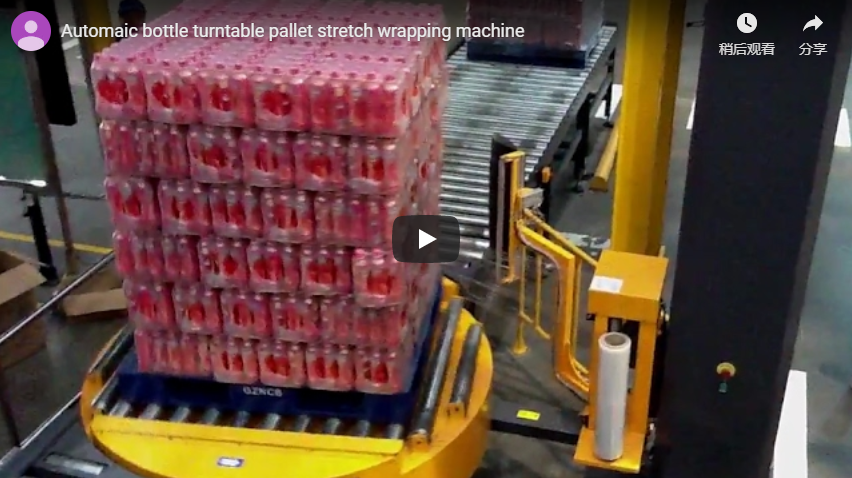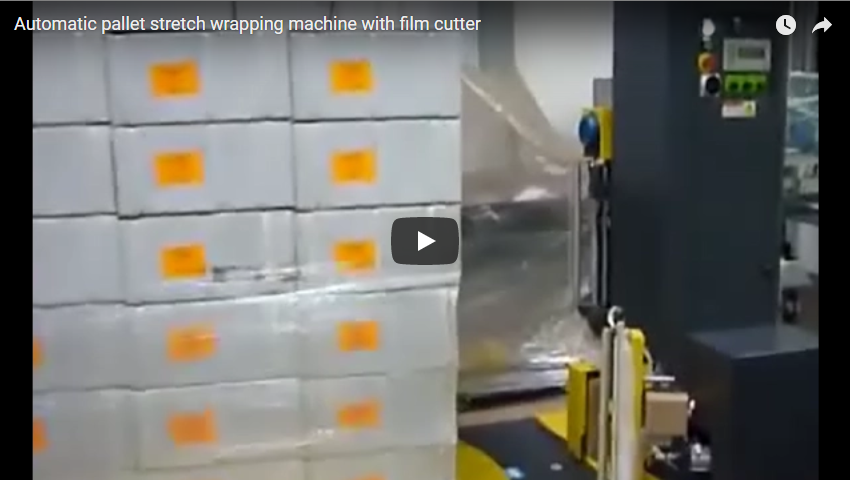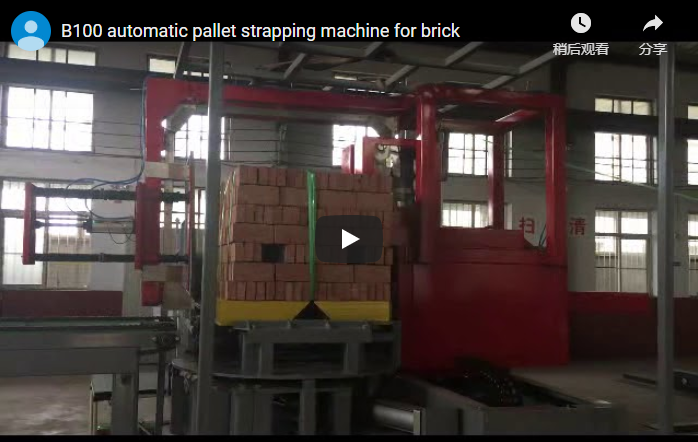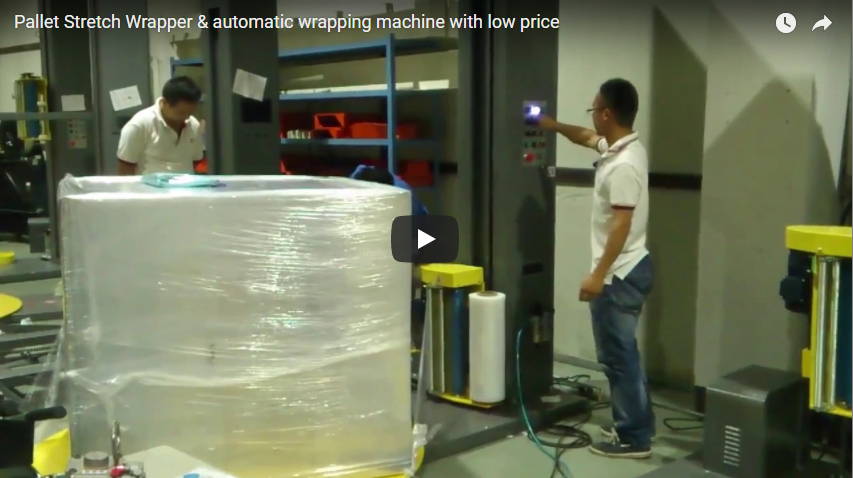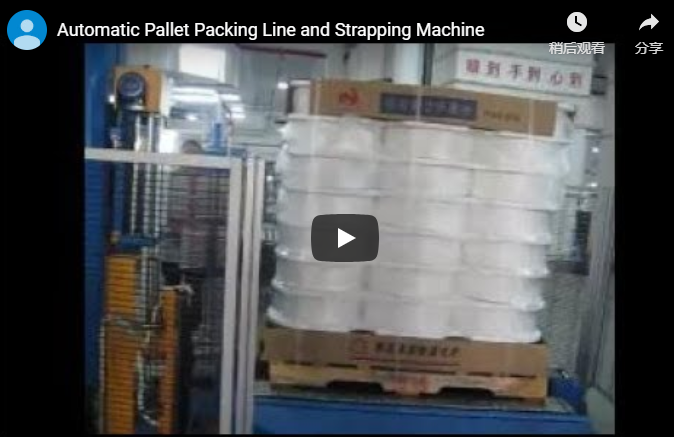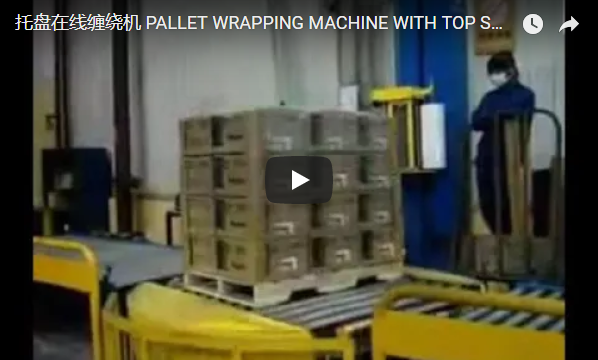Mastering Load Security: A Deep Dive into Automatic PET Strapping Machines for Bricks, Ingots, and Pallets
In demanding industrial environments like brickyards and metal foundries, ensuring palletized loads are secure for transport and storage isn't just best practice – it's critical for safety, product integrity, and operational efficiency. Automatic PET (Polyester) strapping machines have become indispensable tools for achieving this, offering a robust and reliable alternative to traditional methods. This article explores the technology, benefits, and practical considerations of using these machines, particularly for heavy-duty applications involving bricks, ingots, and general palletized goods.
1. Why Choose Automatic PET Strapping for Heavy Loads?
While steel strapping was once the standard, PET strapping offers compelling advantages, especially when automated:
- High Retained Tension: PET straps maintain tension over time, effectively securing loads that might settle or shift, crucial for products like stacked bricks.
- Strength and Durability: High-quality PET strapping rivals the break strength of some steel straps but is more resistant to impacts and less likely to permanently deform.
- Safety: PET straps don't have sharp edges like steel, reducing the risk of injury during application and removal. They also pose less risk of sudden, dangerous breakage under tension.
- Weather Resistance: Unlike steel, PET doesn't rust or corrode, making it ideal for products stored outdoors or shipped in varying climates.
- Cost-Effectiveness: PET strapping can often be more economical than steel, considering material cost, transport weight savings, and reduced tool maintenance.
- Automation Efficiency: Automatic machines drastically reduce manual labor, increase throughput, and ensure consistent strap placement and tension, vital for high-volume operations.
2. Anatomy of a Heavy-Duty Automatic PET Strapping System
Understanding the core components helps appreciate the machine's capabilities:
- Strapping Head: This is the heart of the machine, responsible for feeding, tensioning, sealing (typically via friction weld), and cutting the PET strap. Reliability and consistent sealing are paramount, especially under high tension required for bricks and ingots.
- Key Function: Friction Weld Sealing – Creates a strong, reliable joint without metal seals.
- Arch (or Chute): Guides the strap around the palletized load. The size must accommodate the largest load dimensions. Different designs (e.g., side seal vs. top seal) cater to specific needs – side seal often preferred in dusty environments (like brick plants) to protect the sealing mechanism.
- Conveyor System: Integrates the strapping machine into a production line, automatically moving pallets into and out of the strapping zone. Roller or chain conveyors are common, designed to handle heavy loads.
- Strap Dispenser: Holds the coil of PET strap and ensures smooth, tangle-free feeding into the machine. Often equipped with sensors to detect low strap levels.
- Control System (PLC): The brain of the operation. Allows operators to:
- Set desired strap tension levels.
- Program multiple strapping patterns (e.g., 2 straps, 4 straps, cross-strapping).
- Adjust cycle speeds.
- Integrate with upstream and downstream equipment and safety systems.
3. Key Features and Considerations: Insights from FHOPE Systems
Manufacturers like FHOPE specialize in automatic PET strapping machines tailored for demanding applications like brick and ingot handling. From operational experience, certain features stand out:
- High Tension Capability: Machines must be robust enough to apply and maintain the significant tension needed to stabilize heavy, potentially uneven loads like stacked bricks or ingots. Look for specified tension ranges (e.g., up to 4500N or higher).
- Reliable Friction Weld Sealing: Achieves high seal efficiency (typically >85% of strap break strength) crucial for load integrity. Consistency across thousands of cycles is key.
- Programmable Strapping Patterns: Flexibility to easily change the number and location of straps via the PLC saves time and adapts to different product requirements.
- Automatic Strap Management: Features like automatic strap feeding, threading, tensioning, and cutting minimize operator intervention and downtime. Look for reliable re-feed mechanisms in case of a misfeed.
- Durability for Harsh Environments: Construction materials and component protection should withstand dust (brick particles), potential impacts, and continuous operation common in these industries.
- Integration Readiness: Seamless integration with existing conveyor lines, palletizers, and potentially stretch wrappers is vital for maximizing automation benefits.

Image Alt Text: Automatic PET strapping machine securing a pallet of bricks with PET straps
4. Real-World Application: Tackling Brick and Ingot Strapping Challenges
Strapping pallets of bricks or metal ingots presents specific hurdles that automatic PET systems effectively address:
- Weight and Stability: These loads are extremely heavy and require high strap tension and precise placement to prevent shifting or collapse. Automatic systems deliver consistent tension impossible to achieve manually.
- Abrasive Surfaces: Brick surfaces can be abrasive. While PET is durable, proper machine setup (e.g., edge protectors if necessary, though often built into the process) and strap quality are important.
- Throughput Demands: Manufacturing plants often operate at high speeds. Automatic strapping is essential to keep pace with production output.
- Load Settling: Freshly stacked bricks or uneven ingot surfaces can settle. The retained tension of PET strapping helps accommodate this settling without losing load security. Operators often value the machine's ability to apply consistent, pre-programmed patterns quickly, cycle after cycle.
5. Operational Insights and Maintenance Considerations
While highly automated, these machines require proper operation and maintenance for peak performance:
- Ease of Use: Modern PLC interfaces are typically user-friendly, allowing straightforward adjustments to tension, patterns, and timing.
- Routine Maintenance: Key areas include:
- Strapping Head: Regular cleaning (especially in dusty environments) and inspection/replacement of wear parts like cutters, tension wheels, and gripper pads.
- Strap Path: Ensuring guides and rollers are clean and unobstructed.
- Friction Weld System: Checking the condition of the vibrating element and anvil.
- Safety Features: Machines should incorporate standard safety measures like emergency stops, interlocked guarding, and light curtains to protect operators.
- Strap Quality: Using the correct type and quality of PET strap specified by the machine manufacturer is crucial for reliable operation and achieving desired tension/seal strength.
6. Choosing the Right Automatic PET Strapping Solution
Selecting the appropriate machine involves considering:
- Load Specifications: Maximum dimensions (L x W x H) and weight of the palletized goods.
- Throughput Requirements: Number of pallets per hour needed.
- Environmental Conditions: Is the area dusty, damp, or temperature-controlled? (Influences machine design, e.g., side seal vs. top seal).
- Integration Needs: Compatibility with existing line controls and conveyors.
- Budget and ROI: Balancing initial investment against labor savings, improved efficiency, and reduced product damage.
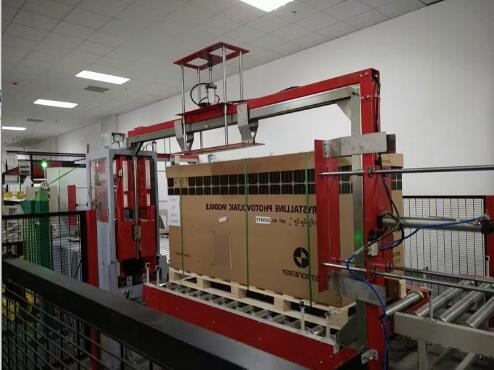
Conclusion: Enhancing Load Security with Automation
Automatic PET strapping machines represent a significant advancement in packaging technology, particularly for industries handling heavy and demanding loads like bricks and ingots. Systems offered by manufacturers like FHOPE provide the necessary strength, reliability, and efficiency through high tension capabilities, robust sealing, programmable controls, and durable construction. By automating the strapping process, companies can improve load security, increase operational speed, enhance worker safety, and ultimately protect their valuable products throughout the supply chain.
For further packaging solutions, you might also explore options like stretch wrapping machines.
For specific inquiries or to discuss your application needs:
info@fhopepack.com

